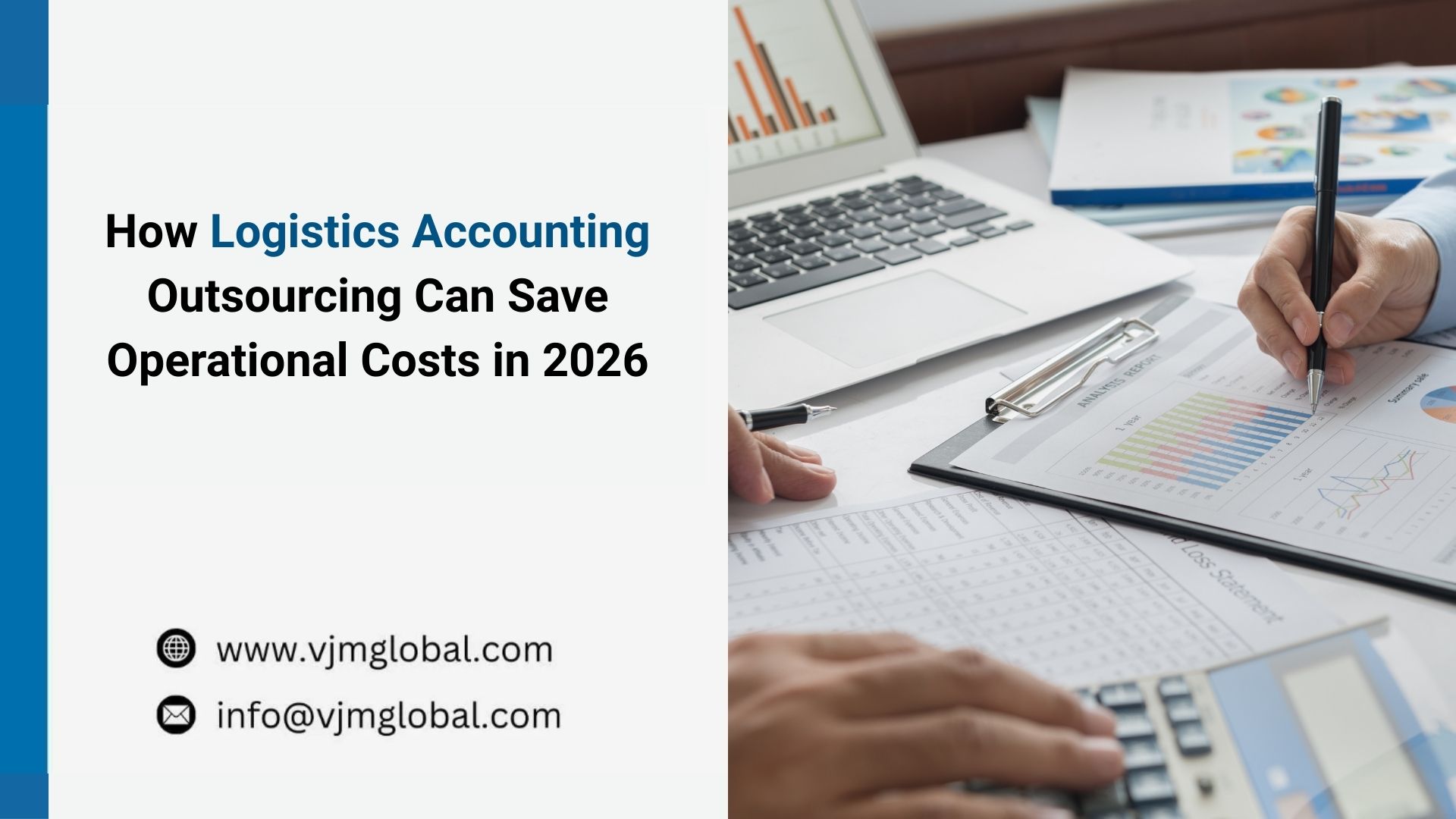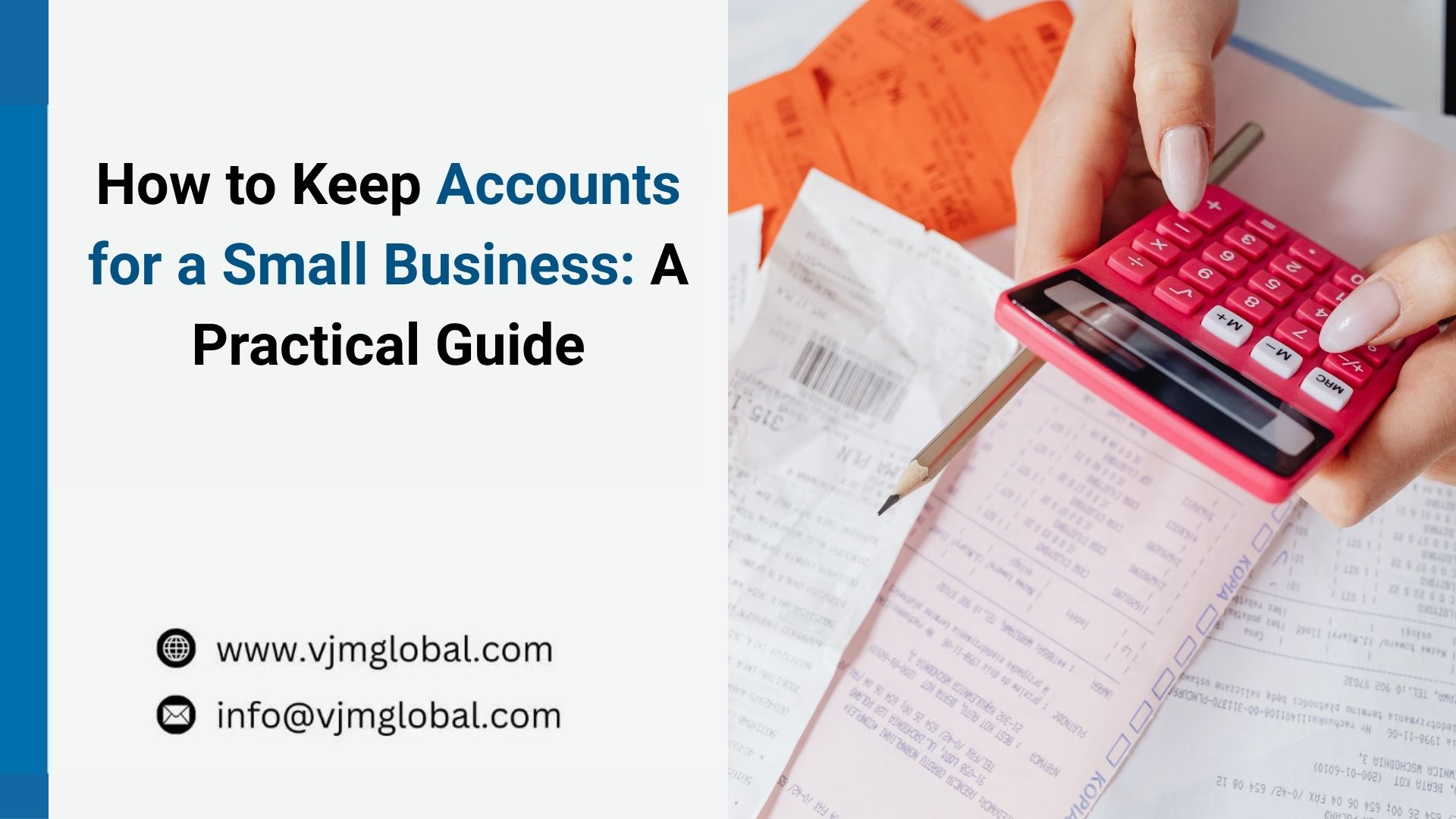Entire India including Big Corporates and Middle-class families were having a lot of expectations from the Union Budget to get some tax relief in this inflation. Amid expectations from the entire India, the Hon’ble Finance Minister of India presented the First budget of “Amrit Kaal” on 1st February 2023.
This budget focused toward capex expenditure wherein priority was given to building roads, railways, and highways. This budget also brought relief for the middle class in form of higher exemption slabs, and more clarity on the new regime and the old regime. Also, the highest slab of surcharge has been reduced from 37% to 25% thereby reducing the maximum rate of income tax from 42.744% to 39%. Also, some products were made more economical and some were made more expensive.
This budget has brought major changes for salaried people and if you are the one then this article is meant for you. Here is a summary of amendments proposed for salaried persons and what impact they are having on their pockets after this budget:
1. Changes in Income Tax Slabs Rates under New tax Regime
In the Union Budget, changes are proposed in the income tax slab rate of the new regime. Following are the new Slab rates Vs the old slab rate under the new regime:
a. Slab rates under new tax regime (Proposed by Union Budget, 2023-24)
a. Slab Rate under Old Tax Regime
| Income Range |
Income Tax Rate |
| Upto INR 3,00,000 | NIL |
| INR 3,00,000 to INR 6,00,000 | 5% on income above INR 3,00,000 |
| INR 6,00,000 to INR 9,00,000 | INR 15,000 + 10% on income above INR 6,00,000 |
| INR 9,00,000 to INR 12,00,000 | INR 45,000 + 15% on income above INR 9,00,000 |
| INR 12,00,000 to INR 15,00,000 | INR 90,000 + 20% on income above INR 12,00,000 |
| Above INR 15,00,000 | INR 1,50,000 + 30% on income above INR 15,00,000 |
b. Slab Rate under New Tax Regime (Before Budget 2023-24)
| Income Range |
Income Tax Rate |
| Upto INR 2,50,000 | NIL |
| INR 2,50,000 to INR 5,00,000 | 5% on income above INR 2,50,000 |
| INR 5,00,000 to INR 7,50,000 | INR 12,500 + 10% on income above INR 5,00,000 |
| INR 7,50,000 to INR 10,00,000 | INR 37,500 + 15% on income above INR 7,50,000 |
| INR 10,00,000 to INR 12,50,000 | INR 75,000 + 20% on income above INR 10,00,000 |
| INR 12,50,000 to INR 15,00,000 | INR 1,25,000 + 25% on income above INR 12,50,000 |
| Above INR 15,00,000 | INR 1,87,500 + 30% on income above INR 15,00,000 |
b. Slab rate under new tax regime (Before Union Budget, 2023-24)
New Tax Regime – Slab Rates (Before Union Budget 2023-24)
| Income Range |
Income Tax Rate |
| Upto INR 2,50,000 | NIL |
| INR 2,50,000 to INR 5,00,000 | 5% on income above INR 2,50,000 |
| INR 5,00,000 to INR 7,50,000 | INR 12,500 + 10% on income above INR 5,00,000 |
| INR 7,50,000 to INR 10,00,000 | INR 37,500 + 15% on income above INR 7,50,000 |
| INR 10,00,000 to INR 12,50,000 | INR 75,000 + 20% on income above INR 10,00,000 |
| INR 12,50,000 to INR 15,00,000 | INR 1,25,000 + 25% on income above INR 12,50,000 |
| Above INR 15,00,000 | INR 1,87,500 + 30% on income above INR 15,00,000 |
2. Enhancement of base exemption threshold limit
- Till FY 2022-23, the rebate is available under Section 87A up to INR 12,500 for both the old and new schemes. Therefore, no income tax was payable till income of INR 5,00,000 under both regimes.
- However, rebates have been increased to INR 25,000 under the new regime.
- Therefore, there will be no tax on income up to INR 7,00,000 under the new regime.
3. Entitlement of Deductions
- So far, a standard deduction of INR 50,000 was available to income from salary only when the assessee is opting for the old regime of income tax.
- Union budget has proposed to provide standard deduction under the new regime as well.
4. Reduced rate of surcharge
- So far, the highest rate of income tax in India is 42.744%, which is the highest rate among all the countries in the world. This rate includes 30% Income tax, 4% Education cess, and 37% surcharge.
- The government has proposed to reduce the highest rate of surcharge from 37% to 25% in the new regime.
- Therefore, the highest rate of income tax will be 39%.
5. Option to opt for new regime or old regime
- As per new income tax rules, a salaried person can choose between the new tax regime and the old tax regime as per their convenience in every financial year.
- However, individuals having business income can’t choose the tax regime as per their convenience every year. If they opt for the new tax regime, they can switch back to the old tax regime only once in their life.
- For those people having business income who have opted for the old regime can revoke that option only once and after that, they will continue to be taxed under the new regime.
- Further, the new regime shall be the default scheme. Therefore, the assessee will be required to opt for old scheme specifically
6. Increased in exemption limit for Leave Encashment
- An employee is entitled to multiple leaves during his employment periods such as sick leaves, maternity leaves, and casual leaves.
- However, employees have the option to encash unveiled leaves at the time of retirement.
- As per the Income tax act, leaves encashed on retirement are fully exempted in the hands of the state or central employees.
- However, other employees are entitled to exemption upto the threshold limit of INR 3,00,000 given under section 10(10AA)(ii) of the Income Tax Act, 1961.
- This threshold limit has been proposed to enhance upto INR 25,00,000 in budget.
7. Analysis of tax liabilities under the new regime
- Following is the impact on Income Tax liability under the new tax regime before and after amendments made by Union Budget, 2023-24:
Income Tax Liability Comparison – New Regime (Till AY 2023-24 vs From AY 2024-25)
| Net Income (₹) |
New Regime (Till AY 2023-24) |
New Regime (From AY 2024-25) |
Net Tax Saving (₹) |
| Taxable Income (₹) |
Tax Liability (₹) |
Taxable Income (After Std. Deduction) (₹) |
Tax Liability (₹) |
| 5,00,000 | 5,00,000 | – | 4,50,000 | – | – |
| 6,00,000 | 6,00,000 | 23,400 | 5,50,000 | – | 23,400 |
| 7,00,000 | 7,00,000 | 33,800 | 6,50,000 | – | 33,800 |
| 8,00,000 | 8,00,000 | 46,800 | 7,50,000 | 31,200 | 15,600 |
| 9,00,000 | 9,00,000 | 62,400 | 8,50,000 | 41,600 | 20,800 |
| 10,00,000 | 10,00,000 | 78,000 | 9,50,000 | 54,600 | 23,400 |
| 11,00,000 | 11,00,000 | 98,800 | 10,50,000 | 70,200 | 28,600 |
| 12,00,000 | 12,00,000 | 1,19,600 | 11,50,000 | 85,800 | 33,800 |
| 15,00,000 | 15,00,000 | 1,95,000 | 14,50,000 | 1,45,600 | 49,400 |
| 17,50,000 | 17,50,000 | 2,73,000 | 17,00,000 | 2,18,400 | 54,600 |
| 20,00,000 | 20,00,000 | 3,51,000 | 19,50,000 | 2,96,400 | 54,600 |
Therefore, amendments in the new regime have provided a tax benefit of INR 54,600 (52500 + 4% Ed. cess) for income of INR 15.5 Lacs or more.
8. Points to be kept before deciding for the old and new regime
A person having salary income should keep the following points in mid before deciding old or new regime of income tax:
- Under old regime, the assessee is entitled to claim various exemptions and deductions such as :
- House Rent Allowance;
- LTA,
- Deduction under Section 80C, i.e., LIC, Tax saving FDs, Housing loan repayment etc.
- Deduction under 80TTA (Interest on saving bank account)
- Interest on housing loan repayment;
- Donations etc.
- However, no such exemption or deduction under Chapter VI-A is permitted under the new regime.
- Employees having business income should choose tax regime wisely as they have one-time option available.













